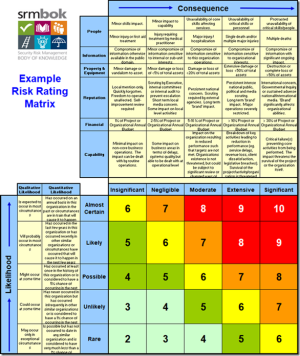OHS and Change management
Implementing OHS management systems is essentially about change management. The OHS professional who learns about change management will have a better chance of being effective.
Change has been around a long time. The only thing constant in business is change.
“I cannot say whether things will get better if we change, what I can say is that they must change if they are to get better” (Georg Christoph Licthenstein, 1742-1799)
Dr. M. Wilkinson puts change into perspective when he says “Organisational change is a generic body of knowledge that is applicable across the board but only when contextualised into the particular workplace within the culture and people characteristics and professions etc. of the situation /workplaces”
Today’s enterprise must be able to react quickly to external change while managing internal change effectively. Technology is opening up new doors, thus adding to the potential for stress. Those who survive and thrive will be those who can adapt to the changes.
Change can be exciting, a welcome relief from the monotonous tedium of daily life and it may open new doors. On the other hand change may mark the boundaries of the comfort zone, beyond which lies unknown territory full of nasty surprises, signposts leading to hard work ahead and holding the real possibility of final failure.
Employees often resist changes which diminish skill requirements in jobs, personal status, authority, power or influence, personal or job security, remuneration, workplace communication and opportunities for social interaction. They also resist changes which are forced on them, are not fully understood, affect accepted ways of doing things, violate behavioural norms, disrupt established social relationships, make people feel ineffective or incompetent or expose personal weaknesses.
Wood outlines several organisational change principles
- honesty is critical during organisational change
- without knowledge of organisational change aims people can not participate
- organisational change is unsettling for most people
- when people participate in defining organisational change objectives the more they will be comfortable getting results
- people value recognition for their change management endeavours more than material reward
- traditional cultures do not recognise or respect mature individuality yet change management expects people to behave like adults
- organisational change cannot be effective without the full commitment of every person involved in the change
- it is the people’s behaviour during organisational change linked to clearly defined values that promote the change management process
- team work and interpersonal relationship are fundamental if the change management process is to be successful
- for unity to be maintained during the change management process people need a clearly defined shared vision of the change aim
- organisational change is more effective when people are empowered and given the time needed to build quality into the change process
- organisational change needs individual behaviour and attitude change
- to achieve individual behaviour and attitude change first the organisational change of culture must occur
- the change management process must inspire and motivate people if it does then organisations enhance productivity
Kotter speaks about the 8 steps for successful large-scale change.
1 Increase urgency-Those who are successful in change begin their work by creating a sense of urgency among relevant people
2 Build the guiding team-With urgency turned up the more successful change agents pull together a guiding team with the credibility, skills, connections, reputations and formal authority required to provide change leadership.
3 Get the vision right-The guiding team creates sensible, clear, uplifting visions and sets of strategies.
4 Communicate for buy-in-Communication of the vision and strategies comes next-simple heart-felt messages sent through many unclogged channels. Deeds are more important than words. Symbols speak loudly. Repetition is the key
5 Empower action-Key obstacles that stop people working on the vision are removed.
6 Create short-term wins-Short-term wins provide credibility, resources and momentum to the overall effort.
7 Do not let up-Change leaders do not let-up they create wave after wave of change until the vision becomes a reality.
8 Make change stick-Change leaders make change stick by nurturing a new culture. Appropriate promotions, skilful orientation and events can make a big difference.
Kotter’s text “The heart of change” is a recommended must-read for anyone undertaking cultural change.
Conclusion
Change can be exciting or boring, satisfying or frustrating but never easy.
The ways the author has driven OHS change includes-Continuous improvement / Quality management programs, leading OHS project teams, implementing OHS management systems, facilitating OHS learning and leading OHS problem solving groups using techniques such as force-field analysis.
Prosci Change Management (Look them up on the web)
When a group undergoes change it is not the organisation that changes but rather it is the behaviour of individuals. Organisational change management and individual change management must be used together to manage change successfully.
A.K.A.R. Model
Awareness of the need for change
Knowledge of how to change
Ability to implement change
Reinforcement to sustain the change
Organisational change depends on individual change,
Refer to “Organisational Change Management Principles and OHS” on ohschange.com.au for further detail.



Do you have any thoughts? Please share them below